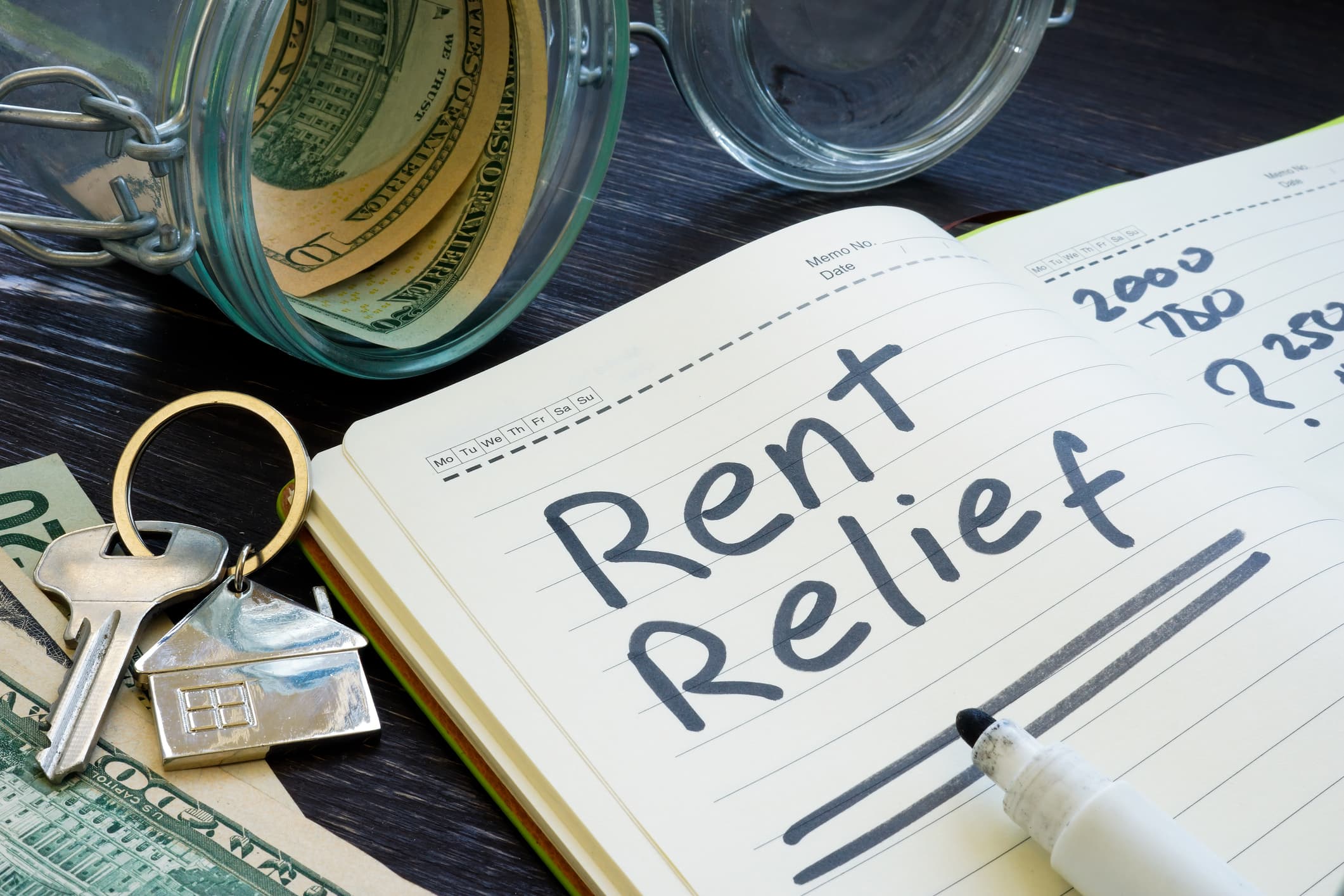
designer491 | iStock | Getty Images
The rollout of the $45 billion in federal rental assistance allocated by Congress has been slow and rocky, but more families are starting to get the relief.
Some 290,000 households received the aid in June, up from 160,000 in May and 100,000 in April, according to new figures released by the U.S. Treasury Department on Wednesday.
Still, more than 11 million Americans, or 16% of U.S. renters, say they aren’t caught up with their housing payments, according to a recent analysis by The Center on Budget and Policy Priorities.
And with the national eviction ban scheduled to expire on July 31, advocates fear many tenants may not get the relief in time to stay in their homes.
More from Personal Finance:
Stock market volatility can be opportunity for investors
Where efforts to raise federal minimum wage stand
Covid scams cost Americans nearly $500 million
Just around $3 billion had reached people by the end of June, according to government data.
“Even with the improvements, emergency rental assistance has reached only a small fraction of the families who report being behind on rent and at high risk of eviction when the moratorium expires next week,” said Diane Yentel, president and CEO of the National Low Income Housing Coalition.
It’s recommended that struggling renters apply for the assistance as soon as possible.
Here’s what you need to know about accessing the aid.
How do I apply?
Who qualifies?
To be eligible for the funding, at least one member of your household has to qualify for unemployment benefits or attest in writing that they’ve lost income or incurred significant expenses due to the pandemic. You’ll also need to demonstrate a risk of homelessness, which may include a past-due rent or utility notice.
In addition, your income level for 2020 can’t exceed 80% of your area’s median income, though states have been directed to prioritize applicants who fall at 50% or lower, as well as those who’ve been out of work for 90 days or longer.
Some state and local programs have set additional priorities, and you may want to search for those.
For example, one fund in California is targeting the relief at Native American households. Another in Oklahoma is sending the money out first to those over the age of 62.
How much could I get?
You could receive up to 18 months of assistance, including a mix of payments for back and future rent.
If you’ve already been approved for rental funds but continue to be behind, you can typically apply again as long as you’re requesting relief for a different period of time. The money usually goes to your landlord, unless they refuse to comply (more on that below).
I’m having problems getting assistance. Why?
To begin, you’re not alone.
Housing advocates point to a number of problems with the rollout of the assistance, particularly around some arduous application processes.
Andrew Aurand, vice president for research at the National Low Income Housing Coalition, said he saw one application that was 45 pages long. Another required renters to document their income over the last six months.
Emergency rental assistance has reached only a small fraction of the families who report being behind on rent and at high risk of eviction when the moratorium expires …
Diane Yentel
president and CEO of the National Low Income Housing Coalition
“Public officials are more concerned about so-called scammers getting this money than they are about the people who truly need it,” said Dan Rose, an assistant professor of sociology at Winston-Salem State University and an organizer with Housing Justice Now.
If you’re unable to meet a documentation requirement for one program’s application or are denied from a certain fund, look for other rental assistance resources in your area, experts say.
It may also be worth reaching out to the organization and explaining why you can’t come up with a certain form. The most recent guidance from the Treasury Department encourages programs to take people at their word.
“I wouldn’t be surprised if a case worker could work with the tenant,” Aurand said.
Yet another issue is that some landlords are refusing to accept the money from the programs because they don’t want to agree to its terms, which can include a ban on evicting that tenant or raising their rent for a window of time.
Running into that problem?
Experts recommend that you ask the program if you can receive the funds directly. Some programs are now required to offer that option if they can’t get your landlord’s cooperation, Aurand said.
I’m worried about eviction. What should I do?
Beyond applying for rental assistance as soon as possible, familiarize yourself with your rights. Those will vary by state.
Most states have lifted their eviction bans by now, but some are still in place. Those policies have nothing to do with the federal moratorium.
For example, New York has extended its eviction moratorium until September for tenants who’ve endured a Covid-related setback or for whom moving could pose a health risk. To qualify, renters must submit a hardship form to their landlord.
Just applying for rental assistance can help you stay in your home longer.
In Minnesota, lawmakers struck a deal prohibiting the eviction of any renters who are in the process of applying for the relief. That protection will last until June 2022.
Tenants in Nevada also can’t be forced out of their homes if their rental assistance application is pending or if their landlord refuses to accept the aid.
If your landlord has moved to evict you, try to get a lawyer. You can find low-cost or free legal help with an eviction in your state at Lawhelp.org.
In some places, including Washington, Maryland and Connecticut, tenants facing eviction have a right to counsel.
Are you at risk of eviction? If you’re willing to share your story for an upcoming article, please email me at [email protected]




